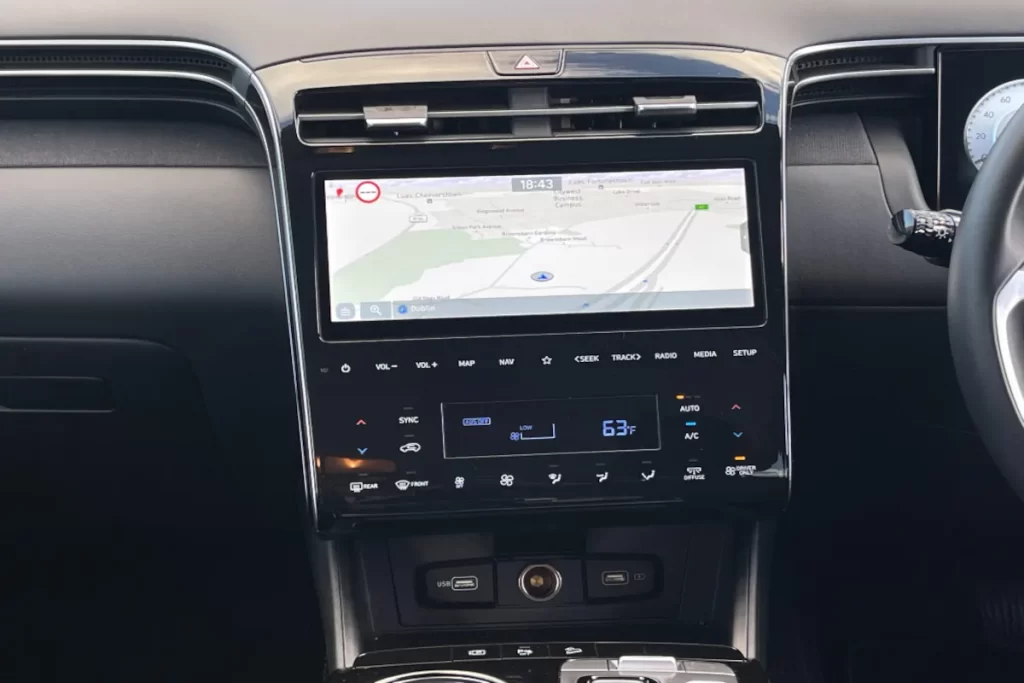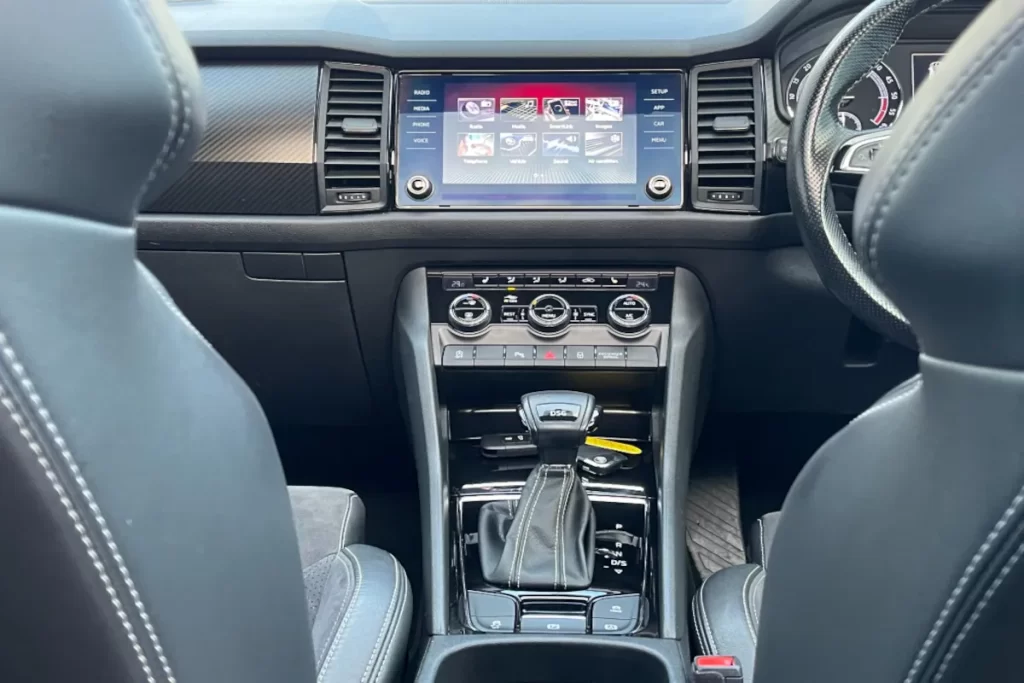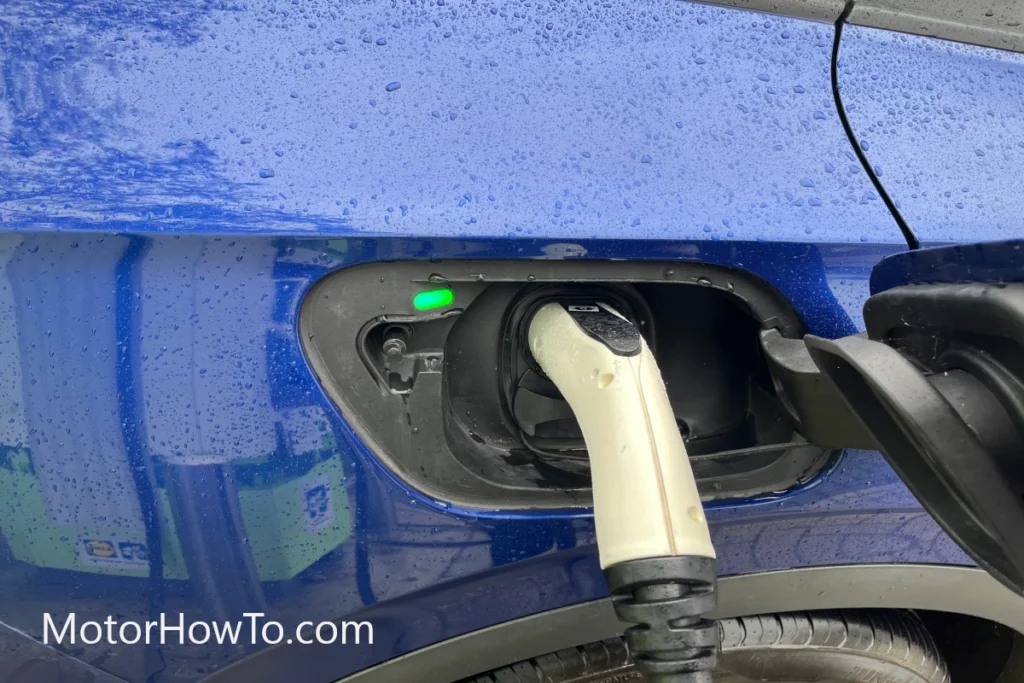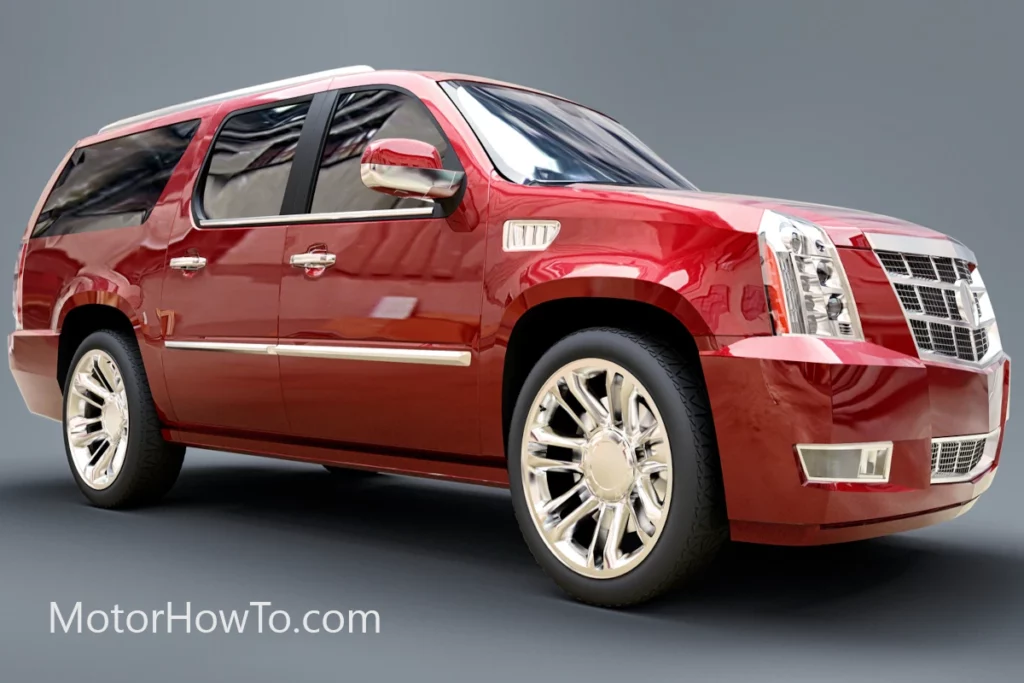Every car owner wants ultimate cool temperatures in their cars. Especially during summer or hot climatic conditions, your car might be an uncomfortable place to be if you don’t have a car air conditioner (A/C).
An A/C is essential to you in many ways during summer or in hot seasons. Besides giving you chill or cool air, an A/C in your car has other functions that it performs to offer you a comfortable ride.
Is A/C in Car Only for Cold Air?
An air conditioner in a car is used not only to create a cooler and more comfortable driving experience but also to regulate the air conditioning inside your vehicle and de-mist the windscreen.

To help you understand better, we shall explain each of these uses below.
1. Creating a More-Cooler and Comfortable Driving Experience
Using an air conditioner, you can reduce the high temperatures in your car without necessarily having to open the windows. Driving while your windows are open is not bad. However, it may not be safe when you are on a motorway.
The gale force winds will end up buffeting you, making you not hear your passengers or radio when you want to. That’s why an air conditioner comes in handy to help you navigate through these challenges.
2. Regulating the Air Condition Inside Your Car
Just as its name implies, that’s what exactly it does. An air conditioner removes the excess moisture from the air and gives you a cool temperature during summer days.
3. De-mists Your Windscreen
It’s usually crucial for you to see through the windscreen while driving. You don’t want a film of mist to prevent your vision. So, the A/C button usually evaporates moisture build-up on your windscreen more quickly than any other screen heater.
This is quite beneficial if you are driving many passengers in your car. The A/C will assist you to effectively de-mist your side glass, windscreen, and rear screen.
4. Giving You a Safer Drive
Tired drivers usually cause many traffic accidents. Over-tiredness may change when you turn on the A/C to get cleaner and fresher air.
It will reduce tiredness or drowsiness, making you remain alert and fresh.
5. Creating a More Aerodynamic Car
With your A/C, you can close your windows regardless of the temperatures outside.
It implies that your car’s aerodynamics are top-notch, increasing safety between you and the passengers and eliminating noise.
6. More Fun During Traffic Jams
Hot days and traffic jams without your car A/C is usually uncomfortable experience.
Especially if you are stuck alongside your children, or you are dressed for meetings, you will sweat, have hot, irritable family members, and so much more.
With an A/C, that hassle is removed, making you have fun in traffic because of the cool and fresh air you are getting.
Related:
- Is Using The A/C Bad For Your Car? (Explained For Beginners)
- Is It Bad To Run AC In Idle? (Might Surprise You)
- What Is the Rear A/C Vent In a Car? (Explained For Beginners)
How Cold Can the A/C Go in a Car?

The coolest amount A/C can get inside your car is 78F, but this is just a raw figure that doesn’t consider other factors in your vehicle. Regardless of any aspects of your car, always aim to set your air conditioner not lower than 20F.
It’s also crucial to note that setting the A/C too high will make it work extra harder, making it waste more power and making you incur high bills.
So, just put the recommended amount where possible.
Does the A/C Work with Blower to Increase the Chill effect?
The blower is an integral component of the A/C; Yes, it usually works in handy with the A/C. But it depends on various factors regarding increasing the chill effect. Once your air conditioner cools the air, a blower forces the air through the duct system and eventually out of the vents in your car for you to get the cool air.
So, if you want your A/C and blower to work effectively to get that chill effect, kindly do the following:
1. Supercharge the A/C System
If you want some seriously chill vibes inside your vehicle, reboot the refrigerant. Normally, low refrigerant levels usually make your car not feel cooler enough. You can check the refrigerant amounts in your car and adjust if it’s too low.
2. Do Not Turn to Max A/C Immediately
You might be tempted to switch on the A/C and press “Max cool” just when entering your vehicle. However, this is usually not a good idea since setting the A/C to the max might absorb air from outside, cooling it and distributing it to the cabin—it makes the A/C overwork for no reason.
It would be best if you began withdrawing cool air from outside, then do not turn the A/C button first. If you have a fan, set it to a maximum speed and ensure you have set the airflow to “outside” mode.
Then when you have removed some hot air, switch on the A/C button and turn on “recirculate” mode. Finally, you can set your A/C to “Max cool.” By doing this, you will increase the chill effect inside your car.
3. Park Your Car First in a Shade
Prevent heat from building up by parking your car under shade when possible. Cars in contact with direct sunlight often reach an internal temperature of 131-172AF while the outside temperatures are 80-100AF.
To help you, park your vehicle in a shaded place or put a windshield sun shade to stop direct sunlight from reaching your car.
4. Replace the Cabin Air Filter
The filter stops pollen, dust, and dirt from getting inside the car through your heat vents and A/C. If your filter is dirty and clogged, it may block the airflow, making the cool air unable to reach the cabin.
Depending on your car, you will have to check and replace the filter if it’s damaged or clogged.
Does A/C Blow Hot Air When Put on Max Setting?
If you use the max setting correctly, the A/C won’t blow hot air. So, this is how you go about it; When you enter a hot car, don’t turn on the max A/C immediately. It usually recirculates the inside air. Therefore, you should use it when the inside air is much cooler than the outside air.
You will have to turn on the standard air conditioning until the inside air cools off, then switch on the max A/C to do much more cooling.
Your vehicle will then automatically turn off the max A/C when using heat settings or defrost. Unlike defrost setting, the max button keeps the moist air recirculating inside your car.
So, when you want to dry the windscreen, kindly use the standard A/C setting.
What Is the Difference Between the A/C and Heater in a Car?
Your heater and A/C are usually different from each other. Your A/C uses refrigerant. On the other hand, the heater utilizes extremely hot engine coolant. To make you understand better, we shall explain how the two work and their similarities.
How the Car A/C works
The A/C usually uses refrigerant to eliminate heat from the air. The process begins with the compressor-an A/C component that puts pressure on the refrigerant and pushes it through the system.
Here is how the A/C refrigerant operates:
- The refrigerant moves from the compressor as an intense-pressure vapor.
- It travels to the condenser where the condenser releases some of the system heat unto the atmosphere, making the refrigerant turn from steam to liquid.
- Then the refrigerant enters an expansion valve or orifice tube where pressure is reduced, and there is a regulation of the flow of refrigerant, then it eventually enters the evaporator.
- The blower motor will then blow hot air around the evaporator, making the refrigerant heat evaporate and absorb heat. Then the cool air is distributed to the cabin.
- After the refrigerant leaves the evaporator, it usually goes back to the compressor.
Note: All car A/C systems usually have a drier/accumulator or drier/receiver to eliminate any moisture build-up from the system.
How the Car Heater Works
Your heater utilizes the hot engine coolant emanating through the heater core. Below is how the heater works:
- Your engine thermostat usually regulates the coolant temperature.
- The water pumps rotate the hot coolant from the engine towards the heater core.
- When you switch on the heater, your blower motor pushes air across the heater core, moving warmth from the coolant to your cabin.
- You may find some cars with a heater control valve regulating coolant flow to the core.
- The coolant will then move from the heater core and return to the engine since it’s a component of the coolant circuit. It’s also part and parcel of your engine’s cooling system. Because of that, the overall cooling system must work effectively for the heater to perform at its best.
As you can see, your car’s A/C is very different from the heater.
What joins this two together is just the air management system. The management system incorporates everything that regulates cold and warm airflow in the car.
If the A/C malfunctions, you will be uncomfortable during summer. The good thing is that its damage doesn’t necessarily cause failure to other vehicle parts.
On the other hand, a heater usually depends on the engine coolant. Any possible damage or leaking may lead to engine failure.
Regarding which is more significant to another, it’s so hard to tell. A failure of an A/C or heater may lead to discomfort in high temperatures. However, problems with the car heater are more pressing than with the A/C system.
Conclusion
In previous years, car air conditioners were considered a luxury rather than a necessity. But today, you have seen that the air conditioner does more than just give cold air.
When you invest in your car components, always remember to invest in your air conditioner too. Your A/C provides numerous benefits for you and your car.
Besides giving you cooler air while driving, the car A/C provides you with a safe drive, de-mists the windscreen, and you get a more aerodynamic car.
So, if you don’t have an A/C unit in your car, get one!
Sources
Car Air Conditioning Tips and Tricks, You Should Know
Your A/C Has Limits Know What It Can Do



